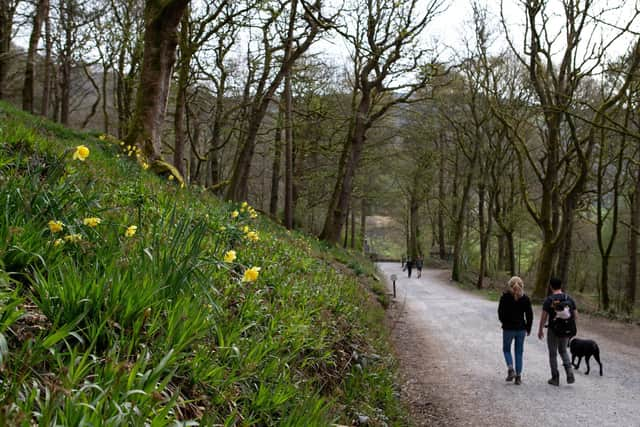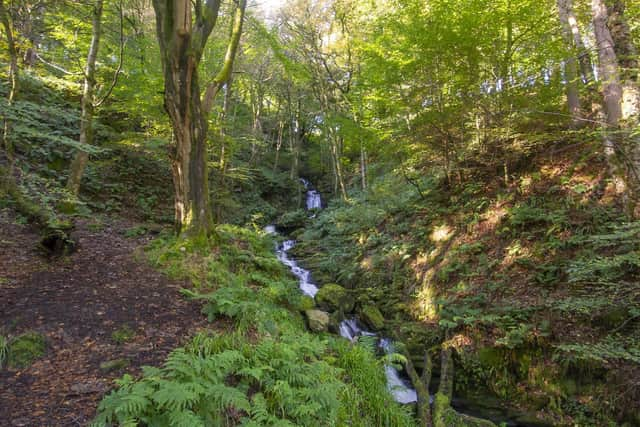Tree felling begins at Hardcastle Crags - Work is part of ten-year woodland management plan
This article contains affiliate links. We may earn a small commission on items purchased through this article, but that does not affect our editorial judgement.
and live on Freeview channel 276
Part of the National Trust’s ten-year management plan for the site, the felling will be undertaken intermittently and selectively, and as such there will be minimal disruption to visitors.
Felling has now begun and will continue until bird nesting season in March, within an area called Shackleton Wood, directly to the east of the main track which leads from Midgehole car park to the Grade II-listed Gibson Mill.
Advertisement
Hide AdAdvertisement
Hide AdTrees in that area are mainly coniferous. Thinning will allow for more light to reach the woodland floor, encouraging plants – including bluebells – to grow.


Rangers will also take part in ‘halo felling’ around older, more established species like oak and rowan – a technical process of removing bands of competing, younger trees to ensure the older trees continue to develop.
Older trees provide more diversity of habitat for animals and insects, but they’re also sensitive to changes in wind dynamics and humidity. Therefore, it’s believed a gradual, methodical approach will yield the best results.
Unlike felling work in previous years, which has seen outside contractors deployed and tracks and paths closed, this year the National Trust team at Hardcastle Crags will undertake the work on a smaller scale – which Area Ranger James Archibald said will mean minimal disruption, and significantly less impact on the current woodland.
Advertisement
Hide AdAdvertisement
Hide AdJames added: “This is a conifer plantation, meaning the trees are all basically the same age. So we want to try to get a bit more diversity of species in there, and also a more varied age.


“If we open it up to more natural light, then we’ll hopefully get to see the seeds from some of the oak, birch, rowan, and hawthorn germinating. We’ll also get more light hitting the woodland floor, which will mean better conditions for smaller plants and grasses.
“Having mostly conifers is not necessarily a bad thing, but you risk it becoming a monoculture – and then if we have one disease that comes in, it could affect all the trees in that location. More diversity of species means the woodland will be more resilient, as well as creating a more varied habitat.”
Some of the timber created during the work will be used to make natural flood management interventions such as contour logs and leaky dams, in partnership with volunteer group Slow the Flow.
Advertisement
Hide AdAdvertisement
Hide AdTimber will also be extracted to use in the mill and café, which is designed to be ‘off-the-grid’ and run on sustainable fuel sources.
The woodland management plan focuses on slowing the flow of water, restoring habitats for nature and improving the woodlands resilience to climate change.
Piles of sticks and leaves will be left on the woodland floor to create a home for insects and birds. These also help to slow the flow of water during heavy rainfall and minimise flood risk to downstream communities like Hebden Bridge.
For more details about our work, visit www.nationaltrust.org.uk/hardcastle-crags